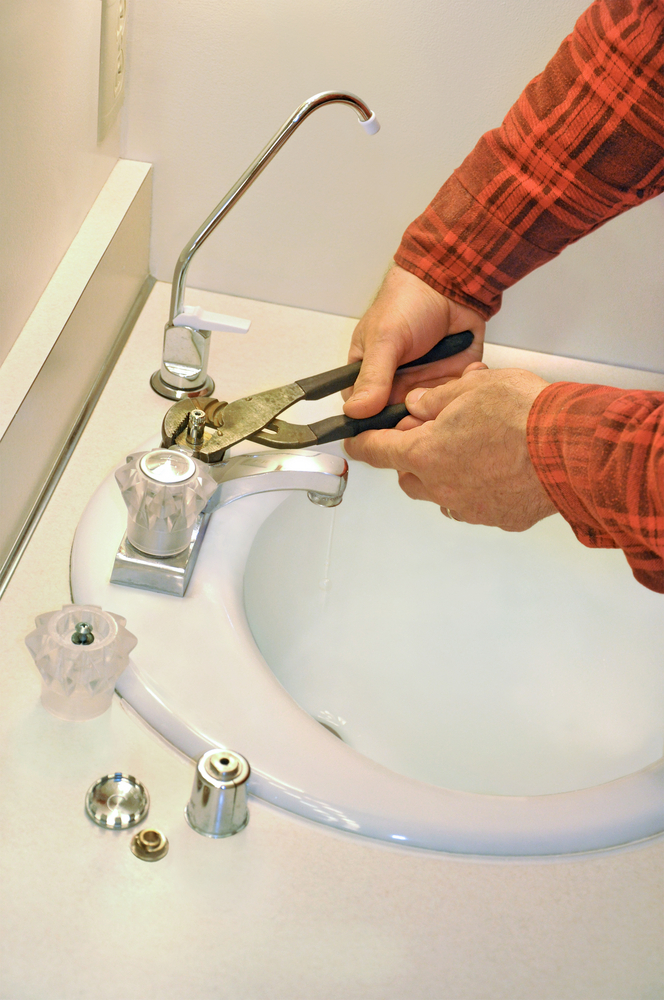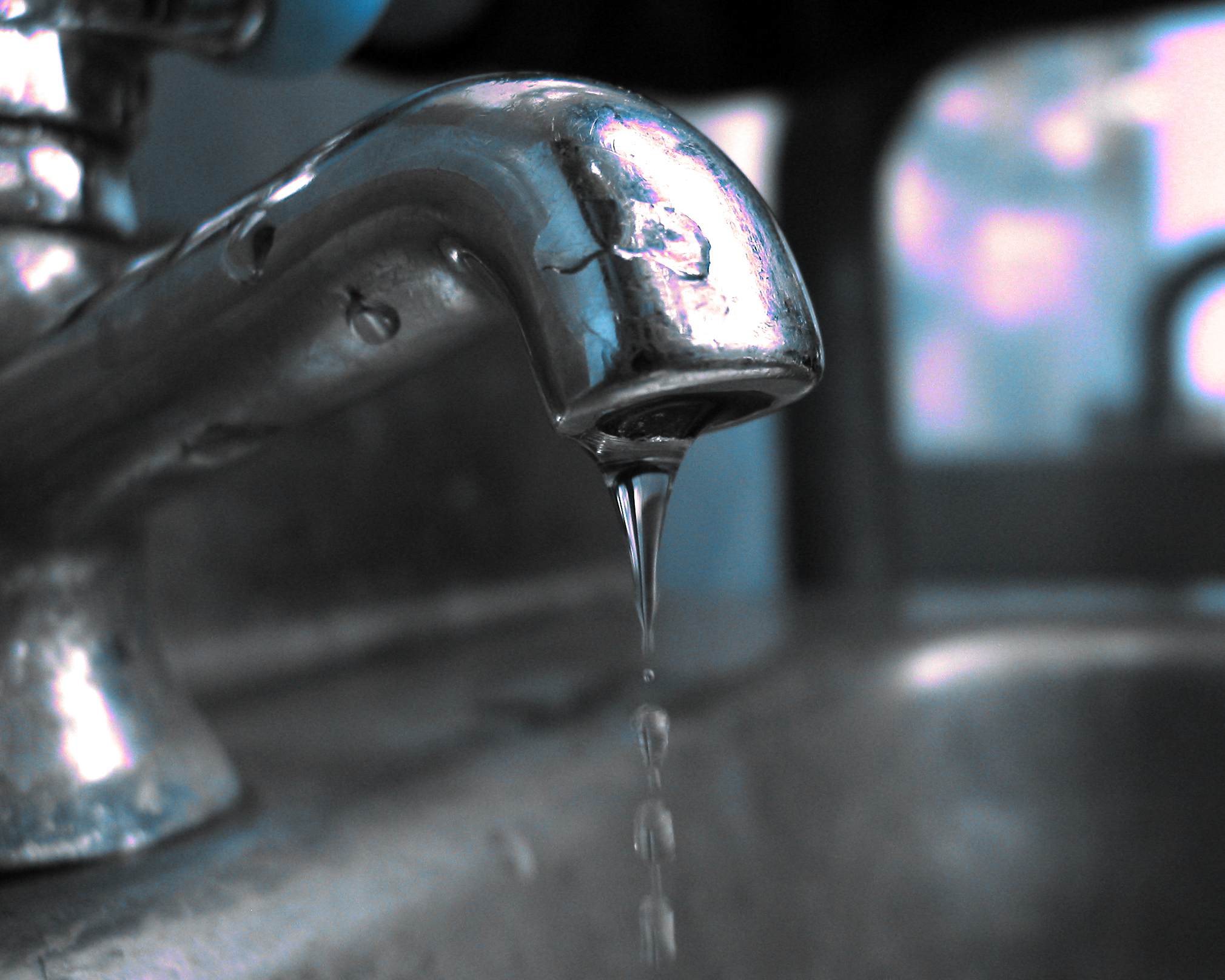What're your opinions about Water Dripping from Faucet: Why and How to Fix?

Trickling faucets might feel like a small aggravation, yet their effect exceeds just the annoyance of the audio. From wasting water to incurring unneeded monetary costs and health threats, disregarding a dripping tap can result in various consequences. In this post, we'll delve into why it's vital to address this usual home concern promptly and properly.
Wastage of Water
Ecological Impact
Leaking taps contribute substantially to water wastefulness. According to the Environmental Protection Agency (EPA), a single tap dripping at one drip per secondly can waste more than 3,000 gallons of water annually. This not only stress water resources however likewise impacts ecological communities and wildlife dependent on them.
Step-by-Step Guide to Taking Care Of a Dripping Tap
Devices Needed
Before attempting to repair a dripping faucet, gather the required tools, consisting of a flexible wrench, screwdrivers, substitute parts (such as washers or cartridges), and plumber's tape.
Common Tap Issues and Their Solutions
Recognize the kind of faucet and the specific problem triggering the drip. Typical troubles consist of damaged washing machines, rusty valve seats, or damaged O-rings. Refer to maker directions or online tutorials for step-by-step guidance on repair work.
Financial Prices
Raised Water Costs
Past the ecological influence, trickling faucets can inflate water expenses significantly. The gathered wastage over time equates right into higher utility costs, which can have been avoided with timely repair work.
Prospective Home Damages
In addition, long term dripping can result in harm to fixtures and surfaces surrounding the tap. Water buildup can create discoloration, deterioration, and even structural problems if left ignored, leading to extra fixing expenses.
Wellness Worries
Mold and Mildew Growth
The constant visibility of wetness from a leaking faucet develops an excellent setting for mold and mildew and mildew development. These fungis not only endanger indoor air quality however additionally pose health dangers, specifically for individuals with respiratory system problems or allergic reactions.
Waterborne Diseases
Stagnant water in leaking faucets can come to be a breeding place for germs and other microorganisms, raising the risk of waterborne diseases. Pollutants such as Legionella microorganisms thrive in stationary water, potentially causing major ailments when ingested or inhaled.
Do it yourself vs. Professional Repair work
Advantages and disadvantages of DIY Repair Work
While some may try to repair a trickling faucet themselves, do it yourself repairs feature their very own set of challenges. Without proper expertise and devices, DIY efforts can worsen the issue or cause insufficient repair work, extending the issue.
Benefits of Hiring a Specialist Plumber
Employing a specialist plumber makes certain that the underlying cause of the trickling tap is addressed effectively. Plumbings possess the experience and tools to identify and fix tap concerns successfully, conserving time and decreasing the threat of further damage.
Environmental Responsibility
Individual Contribution to Conservation
Taking duty for dealing with trickling taps aligns with broader efforts towards water preservation and environmental sustainability. Every individual's activities jointly make a significant impact on maintaining valuable resources.
Lasting Living Practices
By focusing on prompt fixings and embracing water-saving practices, people contribute to lasting living methods that benefit both existing and future generations.
Safety nets
Regular Upkeep Tips
To prevent leaking faucets, do routine maintenance such as cleansing aerators, evaluating for leaks, and changing damaged parts immediately. Additionally, think about mounting water-saving devices or upgrading to more effective fixtures.
Importance of Prompt Fixes
Addressing leaking faucets as quickly as they're seen stops more water wastefulness and potential damage, ultimately saving both water and money in the long run.
Effect On Property Value
Understanding of Well-Maintained Home
Preserving a building in good condition, consisting of attending to maintenance issues like dripping taps, boosts its regarded value and desirability amongst prospective purchasers or tenants.
Impact on Resale Value
Characteristics with well-kept plumbing components, consisting of faucets, command greater resale values in the property market. Dealing with trickling faucets can add to a favorable impression throughout residential or commercial property examinations and settlements.
Verdict
Dealing with a trickling faucet exceeds mere comfort; it's an essential step towards preserving water, reducing monetary prices, and safeguarding health and property. Whether through DIY repair services or specialist aid, taking action to fix dripping faucets is a small yet impactful means to advertise liable stewardship of sources and contribute to a healthier, much more sustainable future.
How to Fix a Leaky Faucet: Step-by-Step Repair Guide
A leaky faucet may seem like a simple annoyance, but if it's not fixed promptly, that leak could cost hundreds to potentially thousands. From water damage to mold, mildew, and high water bills, even a tiny leak can be catastrophic if left unattended. Damage like this can even affect the overall value of your home, so it's important to take the right approach for leaky faucet repair. You may need the help of a plumber in some cases, but we've got a few tips you can try on how to fix a leaky faucet before calling the pros.
Four Faucet Types
When you're learning how to fix a leaky faucet, the first step is knowing what kind of faucet you're working with! There are four common types.
Cartridge Faucets
Cartridge faucets come in one- or two-handled varieties. In one-handled cartridge faucets, hot and cold water combines in a single cartridge. In the two-handled versions, hot and cold water are controlled separately and mixed in the faucet.
Ball Faucets
Ball faucets have a single lever you push up and down to adjust the pressure and rotate to change the temperature. A slotted metal ball controls the amount of water allowed into the spout.
Compression Washer Faucets
They're the oldest type of faucet, but they're still used in many homes — especially older ones. Compression faucets have two separate handles that, when turned, raise or lower the washer that seals a water valve. This valve stops water from flowing through the faucet when it is turned off.
Disc Faucets
Disc faucets rarely need to be repaired due to their maintenance-free design. The water flow is controlled by two discs — the upper one raises and lowers against a fixed lower disc, creating a watertight seal. If your disc faucet starts leaking, you may need to replace the seals or clean residue buildup from the inlets.
Fixing a Leaky Faucet
Step 1: Turn Off the Water
Whether you're learning how to fix a leaky bathtub faucet or how to fix a leaky kitchen faucet, always turn off the water supply to your working area when you're fixing a leak. The last thing you want is a flood added to your list of things to fix.
Look for the shutoff valves below your sink or around the tub and turn them clockwise to stop the water flow. If your faucet doesn't have shutoff valves, you may need to turn off the water for the whole house. Check to make sure it's off by turning the faucet on. If nothing comes out, you're ready to start the repair.
Step 2: Take Apart the Faucet
How you disassemble your faucet depends on the type of fixture you have. You can use a flathead screwdriver to remove the caps on top of the handle or handles for cartridge and compression faucets. Inside, you should see handle screws. Unscrew these with a screwdriver to remove the handle.
Disc- and ball-style faucets will typically have an inlet screw near the handle, and removing that will reveal the interior of the faucet.
Detach the Valve Stem
For cartridge- and compression-style faucets, you'll see the inner valve stem or cartridge once you remove the faucet handles. If you have a compression faucet, unscrew the brass valve stem. If you have a cartridge faucet, pull out the cartridge. If your cartridge has been in place for a while, it may require some tools or extra force to remove it due to mineral deposits.
Examine and Replace Parts
Once you've removed the parts, check them out to confirm what needs to be replaced. You may see corroded rubber washers, O-rings, stems, or cartridges. On a ball-style faucet, check the seats and springs for damage.
If you need to repair a leaky disc faucet, check the inlet and seals on the lower disc.
Once you determine what parts must be replaced, visit your local hardware store. Bring the damaged parts with you to ensure you can purchase the correct components to replace them.
Clean Valves and Faucet Cavity
If you've removed a stem or cartridge, you may notice mineral buildup in the faucet's threads. Use white vinegar to clean the valve seat by soaking it for a few minutes, then scrub it away with a soft toothbrush and rinse with warm water. You can also clean the interior of the faucet in the same way.
Reassemble the Faucet
Once your faucet is cleaned and the required parts have been replaced, it's time to reassemble it. Put the pieces back together and slowly turn the water supply back on. Doing this slowly is crucial because too much initial water pressure can damage the new hardware you've just installed.
https://homewarranty.firstam.com/blog/how-to-fix-leaky-faucet

I stumbled upon that piece of writing about Water Dripping from Faucet: Why and How to Fix when surfing around the internet. Are you aware of another individual who is fascinated about Should I Repair or Replace a Leaky Faucet?? Do not hesitate to share it. Thanks a lot for your time spent reading it.